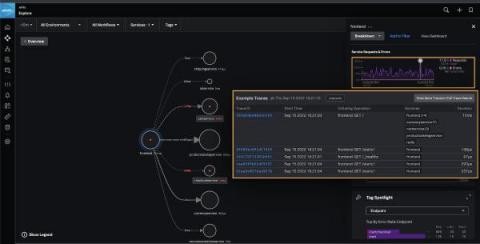Observability Data Documentation Best Practices
A few weeks back, I got the chance to sit down with our very own Jordan Perks from the Cribl Customer Success Team. Jordan is an Observability subject matter expert AND knows a thing or two about Cribl Products! After geeking out a bit about data best practices, we started chatting about enabling our customer champions to have different conversations with stakeholders across their organizations. When someone becomes an observability engineer, they step into a much different role.











